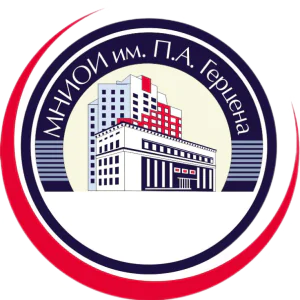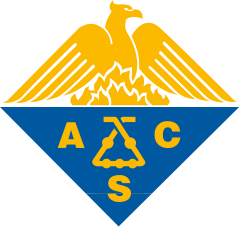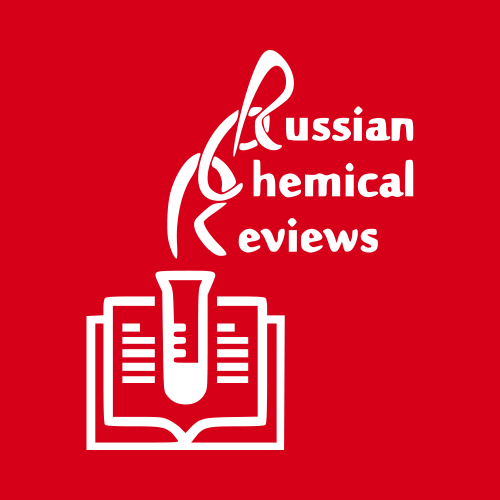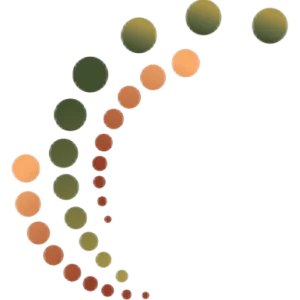
Discovery of a cryptic pocket in the AI-predicted structure of PPM1D phosphatase explains the binding site and potency of its allosteric inhibitors
Virtual screening is a widely used tool for drug discovery, but its predictive power can vary dramatically depending on how much structural data is available. In the best case, crystal structures of a ligand-bound protein can help find more potent ligands. However, virtual screens tend to be less predictive when only ligand-free crystal structures are available, and even less predictive if a homology model or other predicted structure must be used. Here, we explore the possibility that this situation can be improved by better accounting for protein dynamics, as simulations started from a single structure have a reasonable chance of sampling nearby structures that are more compatible with ligand binding. As a specific example, we consider the cancer drug target PPM1D/Wip1 phosphatase, a protein that lacks crystal structures. High-throughput screens have led to the discovery of several allosteric inhibitors of PPM1D, but their binding mode remains unknown. To enable further drug discovery efforts, we assessed the predictive power of an AlphaFold-predicted structure of PPM1D and a Markov state model (MSM) built from molecular dynamics simulations initiated from that structure. Our simulations reveal a cryptic pocket at the interface between two important structural elements, the flap and hinge regions. Using deep learning to predict the pose quality of each docked compound for the active site and cryptic pocket suggests that the inhibitors strongly prefer binding to the cryptic pocket, consistent with their allosteric effect. The predicted affinities for the dynamically uncovered cryptic pocket also recapitulate the relative potencies of the compounds (τb = 0.70) better than the predicted affinities for the static AlphaFold-predicted structure (τb = 0.42). Taken together, these results suggest that targeting the cryptic pocket is a good strategy for drugging PPM1D and, more generally, that conformations selected from simulation can improve virtual screening when limited structural data is available.
Top-30
Journals
|
1
2
|
|
|
Journal of Biological Chemistry
2 publications, 11.76%
|
|
|
Viruses
1 publication, 5.88%
|
|
|
Protein Science
1 publication, 5.88%
|
|
|
Journal of Chemical Theory and Computation
1 publication, 5.88%
|
|
|
Russian Chemical Reviews
1 publication, 5.88%
|
|
|
Annual Review of Biomedical Data Science
1 publication, 5.88%
|
|
|
Therapeutics
1 publication, 5.88%
|
|
|
Cell Death and Disease
1 publication, 5.88%
|
|
|
Toxicon
1 publication, 5.88%
|
|
|
Drug Discovery Today
1 publication, 5.88%
|
|
|
Journal of Chemical Information and Modeling
1 publication, 5.88%
|
|
|
Proteins: Structure, Function and Genetics
1 publication, 5.88%
|
|
|
Pharmacological Reviews
1 publication, 5.88%
|
|
|
1
2
|
Publishers
|
1
2
3
4
5
6
|
|
|
Elsevier
6 publications, 35.29%
|
|
|
Cold Spring Harbor Laboratory
2 publications, 11.76%
|
|
|
MDPI
2 publications, 11.76%
|
|
|
Wiley
2 publications, 11.76%
|
|
|
American Chemical Society (ACS)
2 publications, 11.76%
|
|
|
Autonomous Non-profit Organization Editorial Board of the journal Uspekhi Khimii
1 publication, 5.88%
|
|
|
Annual Reviews
1 publication, 5.88%
|
|
|
Springer Nature
1 publication, 5.88%
|
|
|
1
2
3
4
5
6
|
- We do not take into account publications without a DOI.
- Statistics recalculated weekly.














